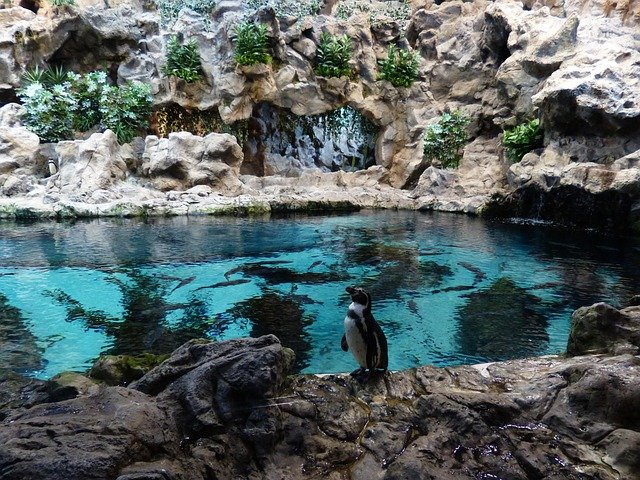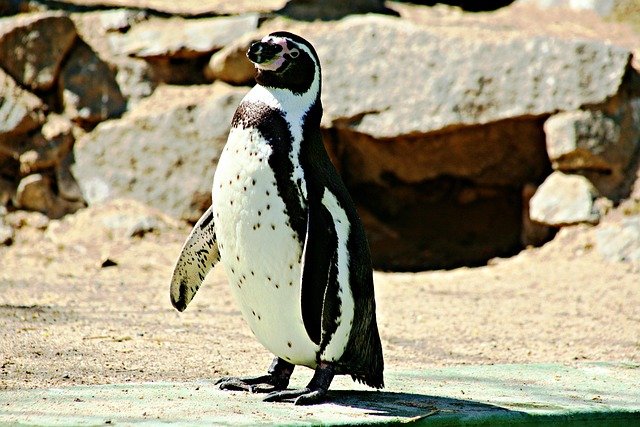**Topic: "The Social Lives of Penguins: Understanding Their Unique Social Structures and Communication"** In

The Social Lives of Penguins: Understanding Their Unique Social Structures and Communication
Penguins are fascinating creatures, not only for their unique adaptations to life in cold environments but also for their intricate social structures and communication methods. These flightless birds, primarily found in the Southern Hemisphere, exhibit a range of social behaviors that are essential for their survival and reproduction.
Social Structures
Colony Living
Most penguin species are highly social and live in large colonies that can number in the thousands. These colonies provide several benefits, including:
- Protection from Predators: Living in large groups helps reduce individual predation risk. The sheer number of individuals can confuse predators and provide safety in numbers.
- Thermal Regulation: In harsh climates, penguins huddle together to conserve warmth, sharing body heat during frigid temperatures.
Hierarchical Systems
Within these colonies, penguins often establish social hierarchies. Dominance can be observed in various contexts, such as access to food and mating opportunities. For instance, during the breeding season, dominant males may secure the best nesting sites and attract more females.
Communication
Penguins have developed complex communication systems that are vital for maintaining social bonds and coordinating group activities. Their communication methods include:
Vocalizations
Penguins are known for their distinctive vocalizations, which serve various purposes:
- Mating Calls: During the breeding season, males and females use specific calls to attract mates and strengthen pair bonds.
- Chick Communication: Parent penguins and their chicks develop unique calls that help them recognize each other in crowded colonies.
Body Language
In addition to vocalizations, penguins also rely on body language to convey messages. For example:
- Posture and Movements: Penguins may display aggressive postures, such as puffing up their chests or extending their flippers, to assert dominance or ward off rivals.
- Huddling Behavior: The way penguins position themselves within a huddle can indicate their social status or intentions.
Parental Care and Social Learning
Penguin parenting is another aspect of their social structure. Many species exhibit biparental care, where both parents are involved in nurturing their young. This cooperation is crucial for the survival of chicks, as it allows for more effective feeding and protection.
Social learning also plays a role in the development of young penguins. Chicks learn essential survival skills by observing their parents and other adults in the colony, such as foraging techniques and social interactions.
Conclusion
The social lives of penguins are rich and complex, characterized by intricate social structures and diverse communication methods. Understanding these behaviors not only enhances our appreciation of these remarkable birds but also underscores the importance of conserving their habitats and ensuring their survival in a changing world. As we continue to study and learn from penguins, we gain valuable insights into the dynamics of social behavior in the animal kingdom.

Upvoted! Thank you for supporting witness @jswit.
0.00 SBD,
1.62 STEEM,
1.62 SP